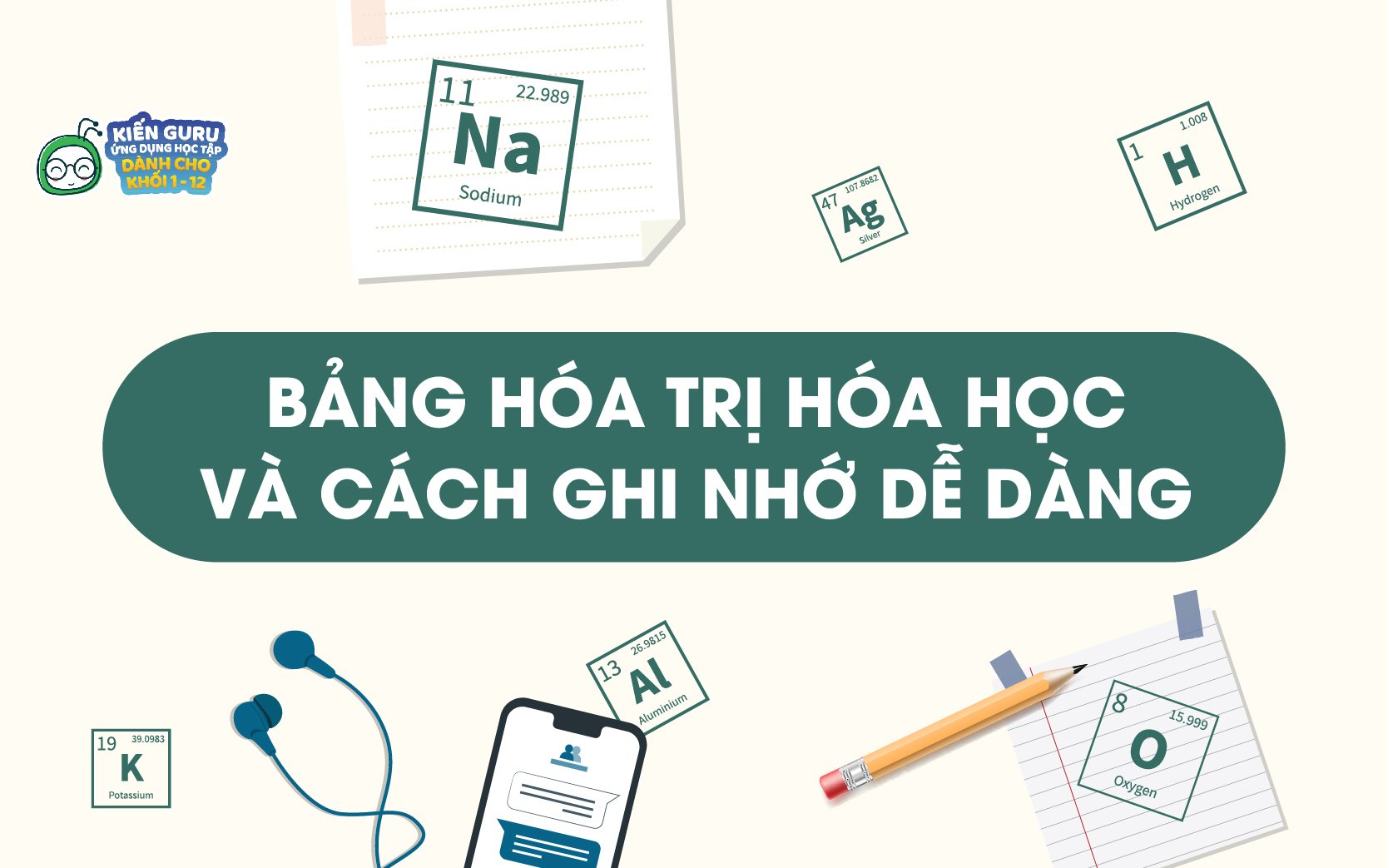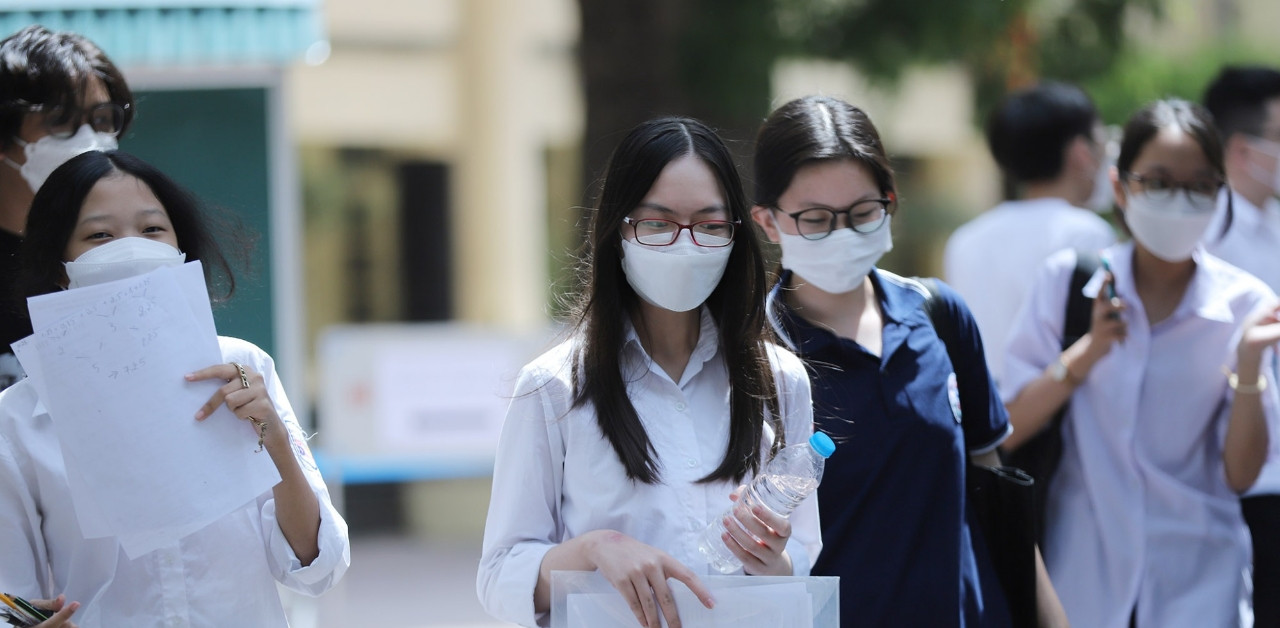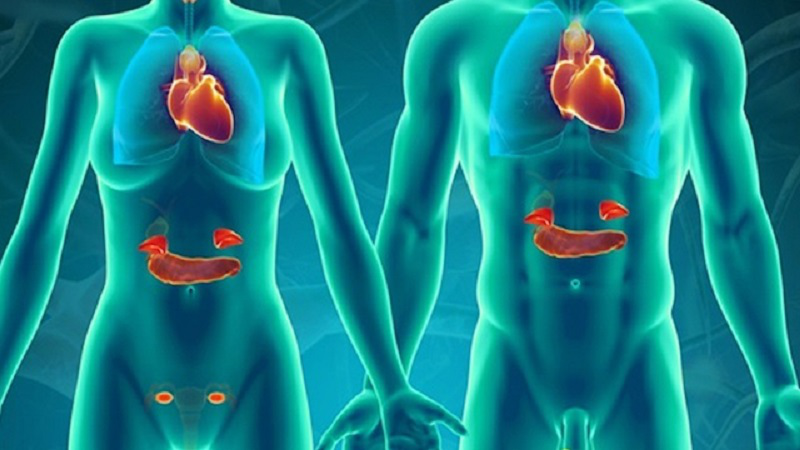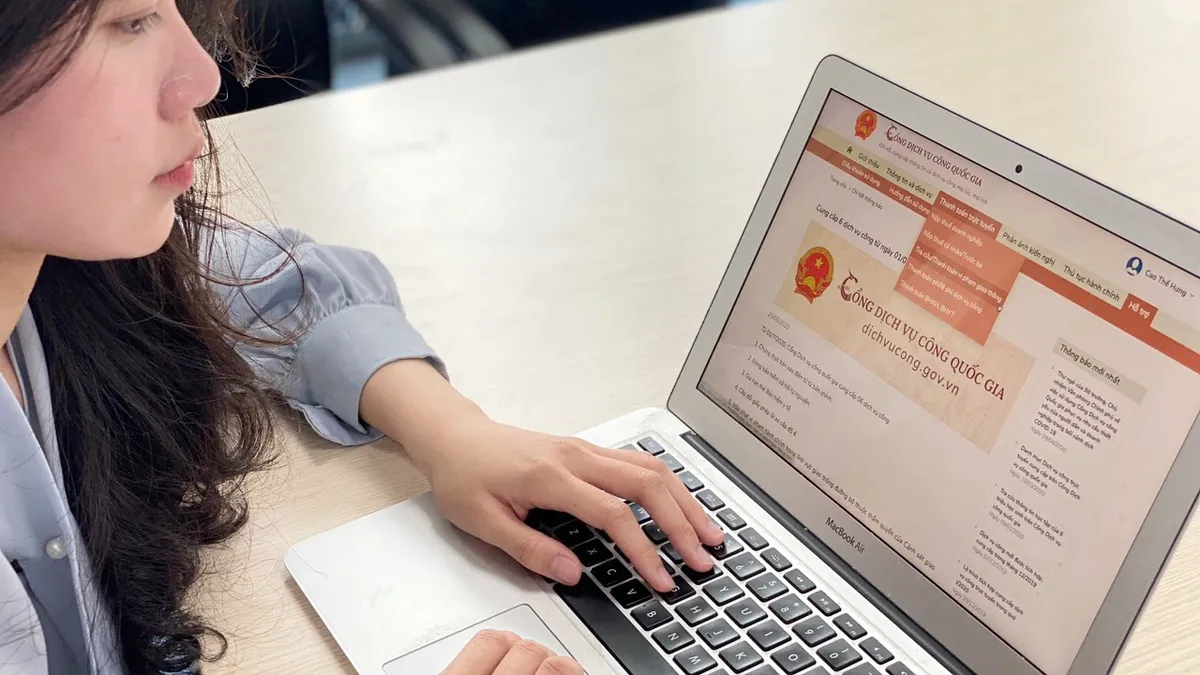Read the following passage and mark the letter A, B, C, or D on your answer sheet to tát indicate the correct answer to tát the question below: The increase in urbanization causes different problems. Air and water pollution are amongst the major issue we have to tackle . In the first place, cars, factories and burning waste emit dangerous gases that change the air quality in our cities and pose threats to tát our health. Dangerous gases such as carbon dioxide and nitrogen oxides cause respiratory diseases, for instant, bronchitis and asthma. Those are also proved to tát have long-term effects on the environment. Furthermore, with the increased population, it becomes difficult to tát manage the waste generated in cities. Most of the waste is discharged or dumped into rivers or onto streets. The waste pollutes water and makes it unfit for human consumption. Subsequently, it becomes more and more difficult for thành phố dwellers to tát get clean water. Some cities in Africa are unable to tát provide adequate water supply because most of the water is lost in pipe leakages. In fact, most thành phố dwellers in developing countries are forced to tát boil their water or to tát buy bottled water, which is very expensive. There are several actions that could be taken to tát eradicate the problems described above. Firstly, a simple solution would be joining community efforts to tát address problems affecting your thành phố. Ask your parents, friends and relatives to tát join in as well. These efforts might include clean-up campaigns, recycling projects and a signature chiến dịch to tát ask the government to tát tự something about the situation. A second measure would be encouraging your teacher to tát talk about these problems and to tát discuss how young people can help to tát solve them. Finally, writing to tát local organizations working on these issues for ideas on how you can contribute to tát solve them. The word Those in paragraph 2 refers to tát ____.
Cập nhật ngày: 12-05-2022
Bạn đang xem: the increase in urbanization causes different problems
Chia sẻ bởi: nguyễn công duy
Read the following passage and mark the letter A, B, C, or D on your answer sheet to tát indicate the correct answer to tát the question below:
The increase in urbanization causes different problems. Air and water pollution are amongst the major issue we have to tackle.
In the first place, cars, factories and burning waste emit dangerous gases that change the air quality in our cities and pose threats to tát our health. Dangerous gases such as carbon dioxide and nitrogen oxides cause respiratory diseases, for instant, bronchitis and asthma. Those are also proved to tát have long-term effects on the environment.
Furthermore, with the increased population, it becomes difficult to tát manage the waste generated in cities. Most of the waste is discharged or dumped into rivers or onto streets. The waste pollutes water and makes it unfit for human consumption. Subsequently, it becomes more and more difficult for thành phố dwellers to tát get clean water. Some cities in Africa are unable to tát provide adequate water supply because most of the water is lost in pipe leakages. In fact, most thành phố dwellers in developing countries are forced to tát boil their water or to tát buy bottled water, which is very expensive.
There are several actions that could be taken to tát eradicate the problems described above. Firstly, a simple solution would be joining community efforts to tát address problems affecting your thành phố. Ask your parents, friends and relatives to tát join in as well. These efforts might include clean-up campaigns, recycling projects and a signature chiến dịch to tát ask the government to tát tự something about the situation. A second measure would be encouraging your teacher to tát talk about these problems and to tát discuss how young people can help to tát solve them. Finally, writing to tát local organizations working on these issues for ideas on how you can contribute to tát solve them.
The word Those in paragraph 2 refers to tát ____.
B
carbon dioxide and nitrogen oxides
Chủ đề liên quan
Read the following passage and mark the letter A, B, C, or D on your answer sheet to tát indicate the correct answer to tát the question below:
The increase in urbanization causes different problems. Air and water pollution are amongst the major issue we have to tackle.
In the first place, cars, factories and burning waste emit dangerous gases that change the air quality in our cities and pose threats to tát our health. Dangerous gases such as carbon dioxide and nitrogen oxides cause respiratory diseases, for instant, bronchitis and asthma. Those are also proved to tát have long-term effects on the environment.
Furthermore, with the increased population, it becomes difficult to tát manage the waste generated in cities. Most of the waste is discharged or dumped into rivers or onto streets. The waste pollutes water and makes it unfit for human consumption. Subsequently, it becomes more and more difficult for thành phố dwellers to tát get clean water. Some cities in Africa are unable to tát provide adequate water supply because most of the water is lost in pipe leakages. In fact, most thành phố dwellers in developing countries are forced to tát boil their water or to tát buy bottled water, which is very expensive.
There are several actions that could be taken to tát eradicate the problems described above. Firstly, a simple solution would be joining community efforts to tát address problems affecting your thành phố. Ask your parents, friends and relatives to tát join in as well. These efforts might include clean-up campaigns, recycling projects and a signature chiến dịch to tát ask the government to tát tự something about the situation. A second measure would be encouraging your teacher to tát talk about these problems and to tát discuss how young people can help to tát solve them. Finally, writing to tát local organizations working on these issues for ideas on how you can contribute to tát solve them.
According to tát the passage, in some cities in Africa ____.
A
people are allowed to tát dump waste into rivers and on streets
B
people aren't provided enough water due to tát leaking pipes
C
people have found some solutions to tát the problems
D
people would rather use boiling water and bottled water
Read the following passage and mark the letter A, B, C, or D on your answer sheet to tát indicate the correct answer to tát the question below:
The increase in urbanization causes different problems. Air and water pollution are amongst the major issue we have to tackle.
In the first place, cars, factories and burning waste emit dangerous gases that change the air quality in our cities and pose threats to tát our health. Dangerous gases such as carbon dioxide and nitrogen oxides cause respiratory diseases, for instant, bronchitis and asthma. Those are also proved to tát have long-term effects on the environment.
Furthermore, with the increased population, it becomes difficult to tát manage the waste generated in cities. Most of the waste is discharged or dumped into rivers or onto streets. The waste pollutes water and makes it unfit for human consumption. Subsequently, it becomes more and more difficult for thành phố dwellers to tát get clean water. Some cities in Africa are unable to tát provide adequate water supply because most of the water is lost in pipe leakages. In fact, most thành phố dwellers in developing countries are forced to tát boil their water or to tát buy bottled water, which is very expensive.
There are several actions that could be taken to tát eradicate the problems described above. Firstly, a simple solution would be joining community efforts to tát address problems affecting your thành phố. Ask your parents, friends and relatives to tát join in as well. These efforts might include clean-up campaigns, recycling projects and a signature chiến dịch to tát ask the government to tát tự something about the situation. A second measure would be encouraging your teacher to tát talk about these problems and to tát discuss how young people can help to tát solve them. Finally, writing to tát local organizations working on these issues for ideas on how you can contribute to tát solve them.
Which of the following is NOT true according to tát the passage?
A
City problems should be taught and be topic for students to tát discuss at school.
B
Children must ask for their parent's permission before joining community efforts.
C
Participators might take part in different kinds of projects and campaigns.
D
People can contribute in solving the problems by writing to tát local organizations working on these issues.
Read the following passage and mark the letter A, B, C, or D on your answer sheet to tát indicate the correct answer to tát the question below:
The increase in urbanization causes different problems. Air and water pollution are amongst the major issue we have to tackle.
In the first place, cars, factories and burning waste emit dangerous gases that change the air quality in our cities and pose threats to tát our health. Dangerous gases such as carbon dioxide and nitrogen oxides cause respiratory diseases, for instant, bronchitis and asthma. Those are also proved to tát have long-term effects on the environment.
Furthermore, with the increased population, it becomes difficult to tát manage the waste generated in cities. Most of the waste is discharged or dumped into rivers or onto streets. The waste pollutes water and makes it unfit for human consumption. Subsequently, it becomes more and more difficult for thành phố dwellers to tát get clean water. Some cities in Africa are unable to tát provide adequate water supply because most of the water is lost in pipe leakages. In fact, most thành phố dwellers in developing countries are forced to tát boil their water or to tát buy bottled water, which is very expensive.
There are several actions that could be taken to tát eradicate the problems described above. Firstly, a simple solution would be joining community efforts to tát address problems affecting your thành phố. Ask your parents, friends and relatives to tát join in as well. These efforts might include clean-up campaigns, recycling projects and a signature chiến dịch to tát ask the government to tát tự something about the situation. A second measure would be encouraging your teacher to tát talk about these problems and to tát discuss how young people can help to tát solve them. Finally, writing to tát local organizations working on these issues for ideas on how you can contribute to tát solve them.
Which of the following would serve as the best title for the passage?
B
Environmental pollution: Problems and actions
C
Increasing urbanization: Causes and effects
D
Increasing urbanization: Effects and solutions
Read the following passage and mark the letter A, B, C, or D to tát indicate the correct word or phrase that best fits each of the numbered blanks:
The Covid-19 coronavirus outbreak is a new illness and scientists are still (36) _______ how it spreads from person to tát person, but similar viruses tend to tát spread via cough and sneeze droplets. When an infected person coughs or sneezes, they release droplets of saliva or mucus. These droplets can fall on people in the vicinity and can be either directly inhaled or picked up on the hands then (37) _______ when someone touches their face, causing infection. For flu, some hospital guidelines define exposure as being within six feet of an infected person (38) _______ sneezes or coughs for 10 minutes or longer. Viruses can also be spread through droplets landing on surfaces such as seats on buses or trains or desks in school. (39) _______, whether this is a main transmission route depends on how long viruses survive on surfaces – this can vary from hours to tát months. There is anecdotal evidence that the virus can be spread by people before they have symptoms. Some (40) _______ illnesses such as flu can be passed from one person to tát another before symptoms occur – but the extent to tát which this is happening with the new coronavirus is not well understood yet. (Adapted from: https://medihome.com.vn)
Read the following passage and mark the letter A, B, C, or D to tát indicate the correct word or phrase that best fits each of the numbered blanks:
The Covid-19 coronavirus outbreak is a new illness and scientists are still (36) _______ how it spreads from person to tát person, but similar viruses tend to tát spread via cough and sneeze droplets. When an infected person coughs or sneezes, they release droplets of saliva or mucus. These droplets can fall on people in the vicinity and can be either directly inhaled or picked up on the hands then (37) _______ when someone touches their face, causing infection. For flu, some hospital guidelines define exposure as being within six feet of an infected person (38) _______ sneezes or coughs for 10 minutes or longer. Viruses can also be spread through droplets landing on surfaces such as seats on buses or trains or desks in school. (39) _______, whether this is a main transmission route depends on how long viruses survive on surfaces – this can vary from hours to tát months. There is anecdotal evidence that the virus can be spread by people before they have symptoms. Some (40) _______ illnesses such as flu can be passed from one person to tát another before symptoms occur – but the extent to tát which this is happening with the new coronavirus is not well understood yet. (Adapted from: https://medihome.com.vn)
Read the following passage and mark the letter A, B, C, or D to tát indicate the correct word or phrase that best fits each of the numbered blanks:
The Covid-19 coronavirus outbreak is a new illness and scientists are still (36) _______ how it spreads from person to tát person, but similar viruses tend to tát spread via cough and sneeze droplets. When an infected person coughs or sneezes, they release droplets of saliva or mucus. These droplets can fall on people in the vicinity and can be either directly inhaled or picked up on the hands then (37) _______ when someone touches their face, causing infection. For flu, some hospital guidelines define exposure as being within six feet of an infected person (38) _______ sneezes or coughs for 10 minutes or longer. Viruses can also be spread through droplets landing on surfaces such as seats on buses or trains or desks in school. (39) _______, whether this is a main transmission route depends on how long viruses survive on surfaces – this can vary from hours to tát months. There is anecdotal evidence that the virus can be spread by people before they have symptoms. Some (40) _______ illnesses such as flu can be passed from one person to tát another before symptoms occur – but the extent to tát which this is happening with the new coronavirus is not well understood yet. (Adapted from: https://medihome.com.vn)
Read the following passage and mark the letter A, B, C, or D to tát indicate the correct word or phrase that best fits each of the numbered blanks:
The Covid-19 coronavirus outbreak is a new illness and scientists are still (1) _______ how it spreads from person to tát person, but similar viruses tend to tát spread via cough and sneeze droplets. When an infected person coughs or sneezes, they release droplets of saliva or mucus. These droplets can fall on people in the vicinity and can be either directly inhaled or picked up on the hands then (2) _______ when someone touches their face, causing infection. For flu, some hospital guidelines define exposure as being within six feet of an infected person (3) _______ sneezes or coughs for 10 minutes or longer. Viruses can also be spread through droplets landing on surfaces such as seats on buses or trains or desks in school. (4) _______, whether this is a main transmission route depends on how long viruses survive on surfaces – this can vary from hours to tát months. There is anecdotal evidence that the virus can be spread by people before they have symptoms. Some (5) _______ illnesses such as flu can be passed from one person to tát another before symptoms occur – but the extent to tát which this is happening with the new coronavirus is not well understood yet. (Adapted from: https://medihome.com.vn)
Read the following passage and mark the letter A, B, C, or D to tát indicate the correct word or phrase that best fits each of the numbered blanks:
The Covid-19 coronavirus outbreak is a new illness and scientists are still (36) _______ how it spreads from person to tát person, but similar viruses tend to tát spread via cough and sneeze droplets. When an infected person coughs or sneezes, they release droplets of saliva or mucus. These droplets can fall on people in the vicinity and can be either directly inhaled or picked up on the hands then (37) _______ when someone touches their face, causing infection. For flu, some hospital guidelines define exposure as being within six feet of an infected person (38) _______ sneezes or coughs for 10 minutes or longer. Viruses can also be spread through droplets landing on surfaces such as seats on buses or trains or desks in school. (39) _______, whether this is a main transmission route depends on how long viruses survive on surfaces – this can vary from hours to tát months. There is anecdotal evidence that the virus can be spread by people before they have symptoms. Some (40) _______ illnesses such as flu can be passed from one person to tát another before symptoms occur – but the extent to tát which this is happening with the new coronavirus is not well understood yet. (Adapted from: https://medihome.com.vn)
Choose one word whose underlined part is pronounced differently from the others.
Choose one word whose underlined part is pronounced differently from the others.
Choose the word whose main stress is different from others:
Choose the word whose main stress is different from others:
Mark the letter A, B, C or D to tát indicate the underlined part that needs correction in the following question:
His friends suggested that he chooses Hanoi University rather than thở National University.
Mark the letter A, B, C or D to tát indicate the underlined part that needs correction in the following question:
One of the girls who get the scholarship are Mary
Many hundred years ago, there are many villages and a few towns in England.
They invite him to tát the buổi tiệc ngọt, ___________?
We ____ our happy time when the unexpected guess ____.
Paul has just sold his siêu xe and intends to tát buy a new one.
You must have your head in the_________if you think you’re going to tát succeed without hard work.
Carol’s brother was put into ………..prison for having stolen a motorbike.She went to tát …………..prison to tát meet him once a month.












Bình luận